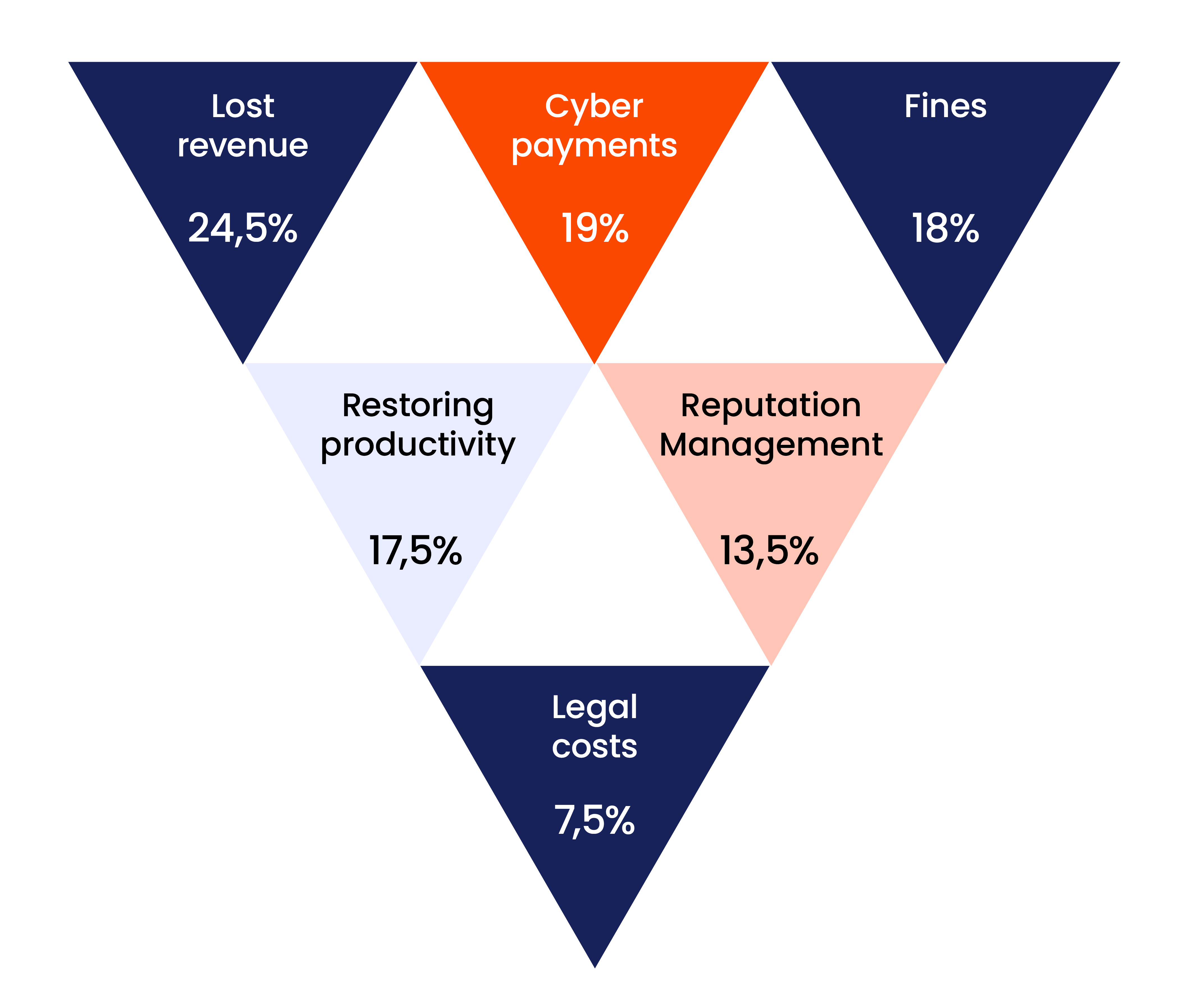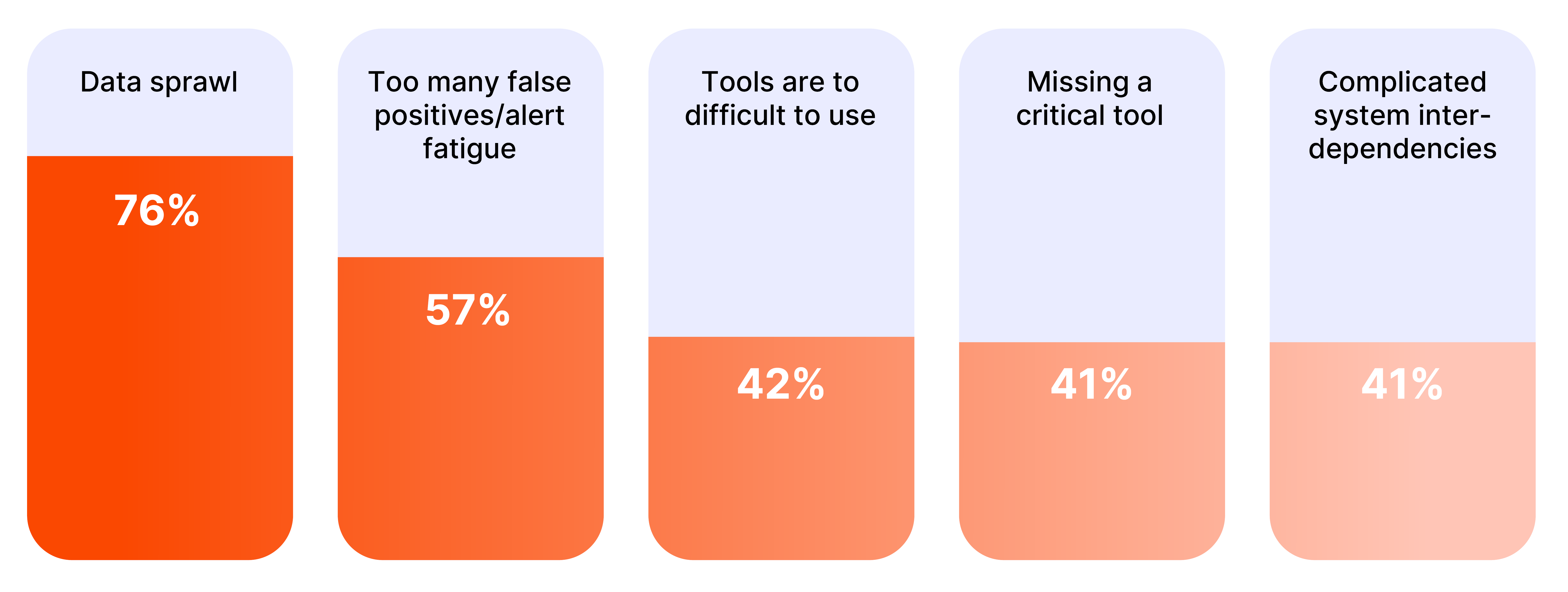Spoiler: It’s not good!
Imagine this: your entire system goes down. Operations grind to a halt, projects get delayed, and your team is stuck. Every minute that passes means lost revenue, wasted time, and possibly even lost customer trust. The true impact of downtime is often underestimated, but trust us, it hits harder than you might think. A recent study fi-na-lly sheds light on the real costs.
Downtime: Any form of service disruption (such as slowness) or when
services are unavailable to users of key business systems.
The hidden costs of downtime
Unexpected downtime takes a huge toll. A survey of 2,000 top executives from the Global 2000 (the world's largest companies based on revenue, profit, assets, and market value) confirms our fears: cybersecurity incidents and infrastructure or application problems are major causes of downtime. And yes, those cyber issues can seriously drain your wallet.
How much does it really cost?
Numbers don’t lie. Every year, Global 2000 companies lose an astounding $400 billion due to unexpected downtime. That’s about 9% of their revenue. Now, think about it: how much is 9% of your revenue? And where exactly does that 9% go?
Well, we can break that 9% down into different categories: loss of revenue (24.5%), regulatory fines (18%), ransomware and extortion payments (19%), and, don’t forget, the costs to get productivity back on track (17.5%). On top of that, companies also need to invest in repairing relationships with the public, investors, and regulators (13.5%)
Cyberattacks also take a big bite out of your budgets. When a ransomware attack hits, 67% of surveyed CFOs advised their CEO and board to pay up. Either directly to the attacker, via insurance, or through a third party. Most often, it’s a mix of all three. Ouch, the hackers get their way, and you’re left feeling the burn.
 Figure 1: The true cost of downtime: where does 9% of your revenue go?
Figure 1: The true cost of downtime: where does 9% of your revenue go?
The ripple effect
Beyond the immediate financial blow, downtime causes major operational disruptions. Teams are forced to drop their core tasks to fix the issue and run post-mortem analyses. The result? For 74% of respondents, time-to-market is delayed, and for 64%, developer productivity plummets. Not exactly a winning situation, is it? To prevent this, you first need to understand the root cause.
Causes of downtime
Downtime boils down to two main culprits: cybersecurity incidents and application or infrastructure problems. Human error tops the list in both cases. The most common causes of downtime are:
|
Cybersecurity-related human errors |
|
ITOps-related human errors |
|
Third-party software outages |
Managing these causes is crucial to minimizing the impact of downtime. This is where the strength of so-called “resilience leaders” comes into play.
Resilience leaders
The top 10% of surveyed companies, known as “resilience leaders”, have a clear advantage when it comes to reducing downtime. On average, these companies experience 245 fewer hours of application and infrastructure-related downtime and 224 fewer hours of downtime from security incidents each year. This translates into massive savings: 34% less lost revenue, 42% lower fines and SLA costs, 40% less on legal expenses, and up to 58% fewer ransomware payments.
So, what makes them so successful? Resilience leaders not only have the right technology and processes in place, but they also know how to effectively overcome the biggest obstacles to managing downtime.
The obstacles
Tech executives point to several obstacles that make managing downtime difficult:
|
Data sprawl: Many companies struggle with data being scattered across different systems. This can lead to inefficiencies and potential bottlenecks in infrastructure. |
|
Too many false positives and alert fatigue: Constantly receiving incorrect or unclear alerts can distract your team, making it harder to spot real threats and take action. |
|
Tools that are too difficult to use: Usability is key. When tools are overly complex, team effectiveness can take a hit. |
|
Missing a critical tool: Lacking a key tool can create a huge barrier, negatively impacting the resilience of an IT environment. |
|
Complicated system interdependencies: When systems are highly dependent on one another, a small error can have large consequences. |
 Figure 2: What obstacles make downtime harder to manage?
Figure 2: What obstacles make downtime harder to manage?
Get ahead with Elite Networks
Overcoming these obstacles is the key to minimizing downtime and protecting your business from hidden costs. At Elite Networks, we have the solutions and expertise to help you become a resilience leader, so you can face any challenge and future-proof your business.
Ready to take control and optimize your connectivity and security?
Contact us today and discover how we can help. Together, we’ll make sure your organization stays ahead of the curve.
Source: Research
‘The Hidden Costs of Downtime’, Splunk en Oxford Economics, 2024


